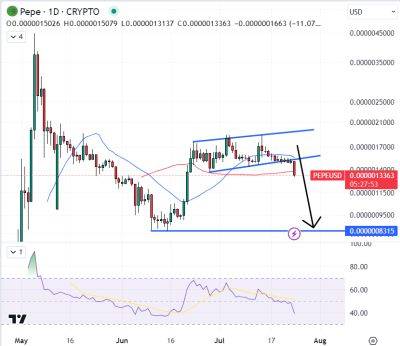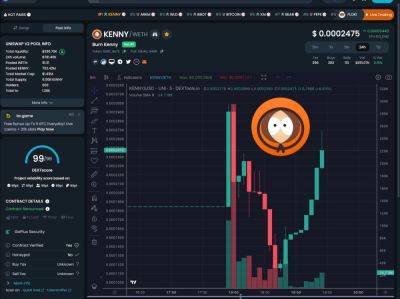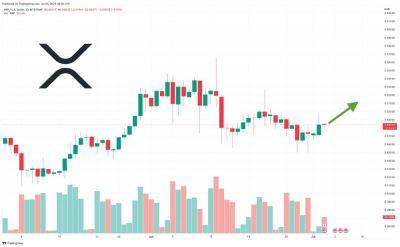Will $30K be a new springboard for Bitcoin bulls?
After a failed rally above $31,000 on June 23, Bitcoin (BTC) has sustained the $30,300 resistance for the past three days. Curiously, this happened while gold reached its lowest level in three months, trading at $1,910 on June 22, down from a $2,050 peak in early May.
Investors now question how solid Bitcoin’s $30,000 support is. So analyzing what caused the recent price rally is essential to understanding how traders are positioned on BTC margin and futures markets.
Some analysts attribute Bitcoin’s recent 21.5% gains in 11 days to BlackRock’s spot Bitcoin exchange-traded fund (ETF) filing. But other events might have fueled the cryptocurrency gains. For instance, on June 26, HSBC Bank in Hong Kong reportedly introduced its first local cryptocurrency services using three listed crypto ETFs.
Moreover, the ProShares Bitcoin Strategy ETF, a Bitcoin futures fund, experienced its largest weekly inflow in a year at $65 million, with its assets topping $1 billion. It was the first BTC-linked ETF in the United States and is one of the most popular among institutional investors.
But, more importantly, the U.S. crypto regulatory environment may be improving after a period marked by enforcement actions from the Securities and Exchange Commission (SEC) aimed at exchanges supposedly operating as unregistered securities brokers.
Related: How security, education and regulation can mitigate rising crypto scams
On June 25, Federal Reserve governor Michelle Bowman said that financial institutions had been left in a “supervisory void” in terms of emerging technologies, including digital assets. Bowman added that policymakers have been relying on “general but non-binding statements,“ leaving substantial uncertainty and imposing new
Read more on cointelegraph.com






















